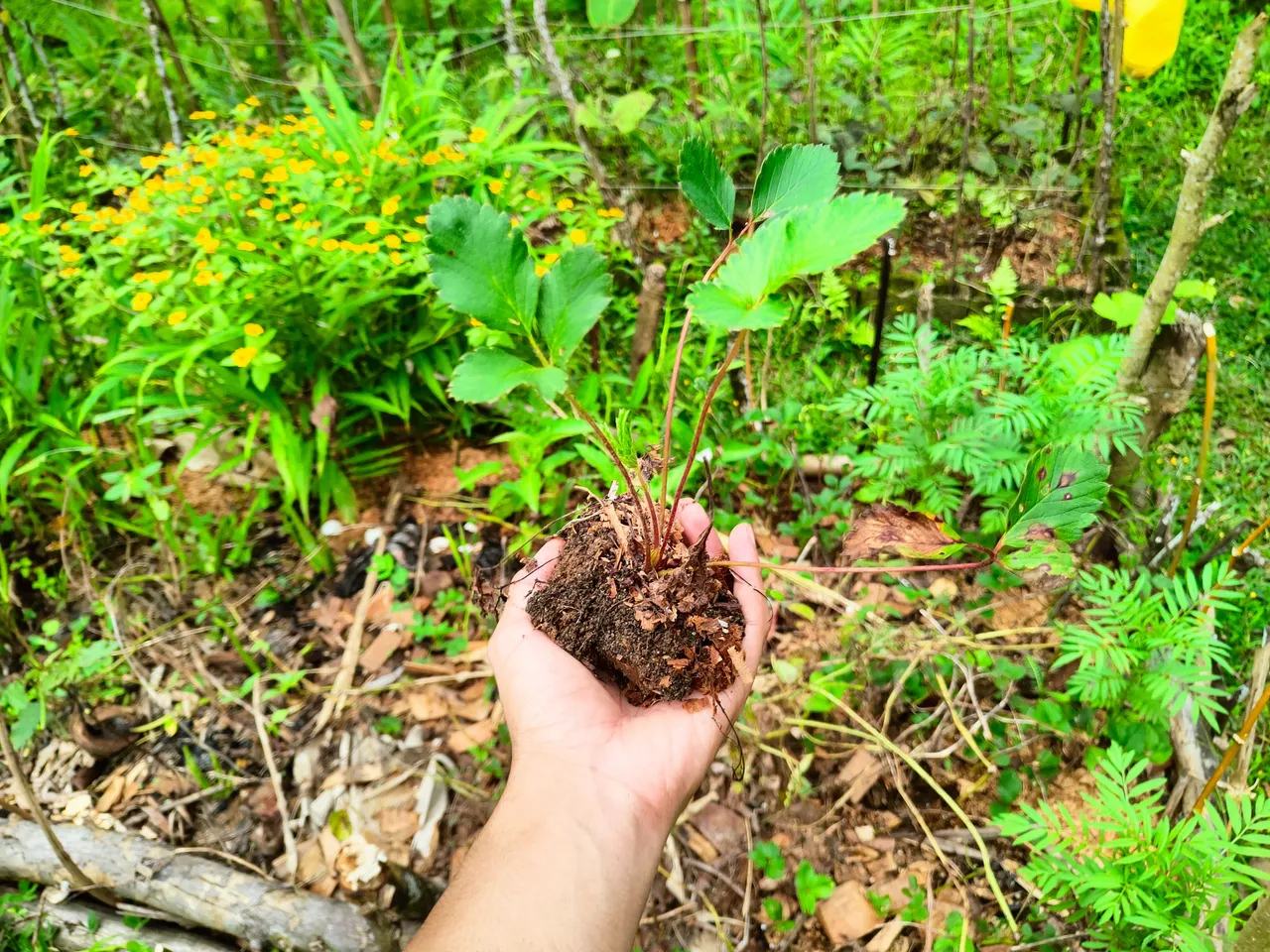
He is terribly afraid of dying because he hasn’t yet lived. — Franz Kafka
For several days already, the temperature was somehow tolerable even at noon.
The isolated thunderstorms really helped lessen the work at the orchard as there is no need for manual watering.
There were also sudden gusts that fell a portion of the bamboo grove found along the road, but was immediately cut down for safety. I took the opportunity to collect some of the smaller bamboo branches and used as an additional support for the seedlings and the raised beds.
One of my projects next year is really to upgrade the raised beds and use a series of bamboo slats for both function and aesthetics. Bamboo isn't so porous, so it could last for several months or even years under the elements of nature.
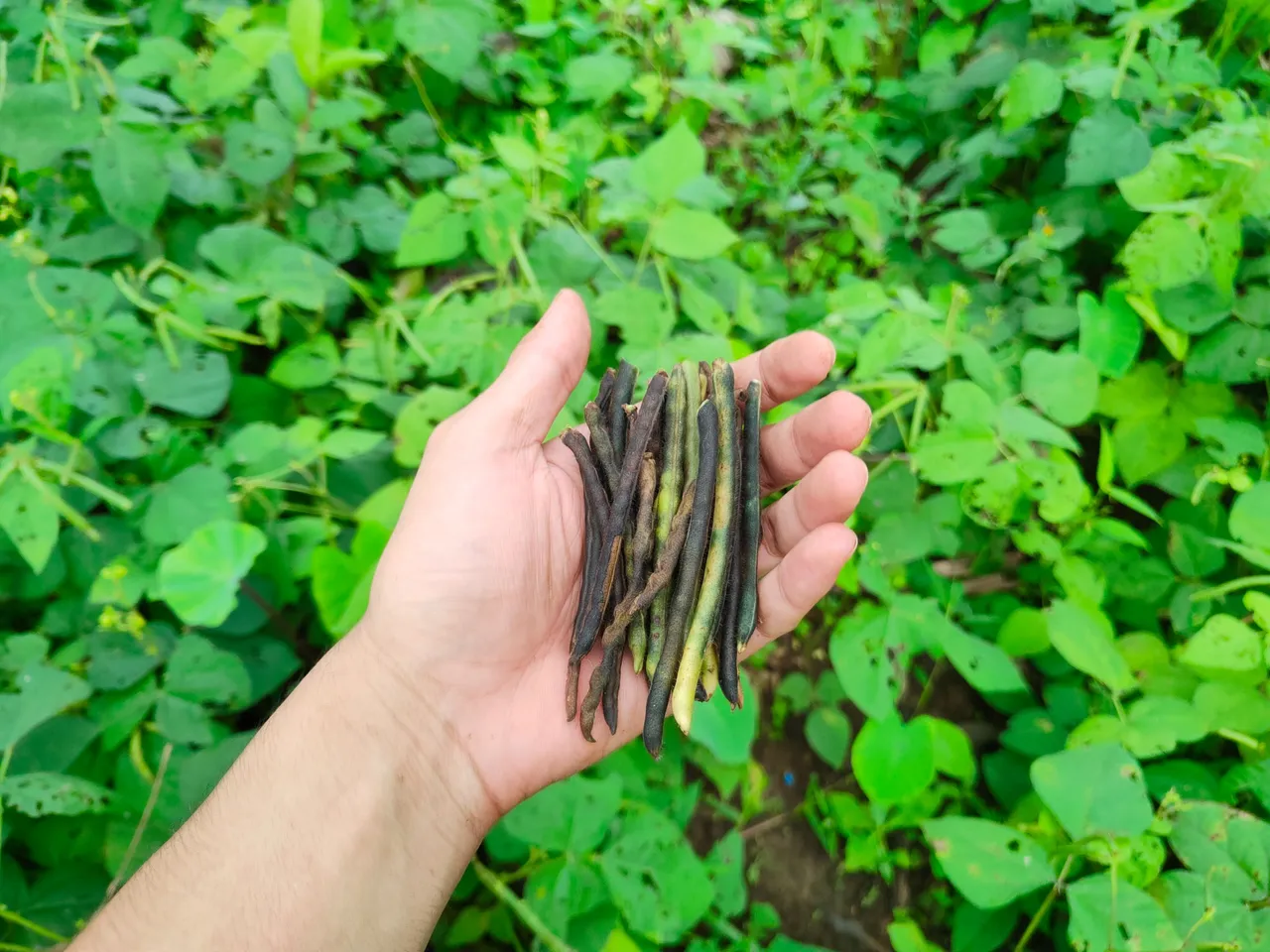
With the current condition of the soil, the practicality of raised beds remains relevant, but as soon the soil heals and the food forest matures, it would be then easier to grow crops directly on the soil.
All throughout, I have been aggressive in sustainably controlling the weeds on areas where I actively grow crops, but my rules are a bit tedious to follow versus the convenience of herbicides. I was just lucky now that the living mulch and the cover crops are working.
In just a year, the orchard has really came a long way from being overgrown into gaining a bit of productivity, but it isn't a singular effort as the torch was just passed to me and I did have contributions from some of my supportive family and relatives.
Nutrient-Dense Crops
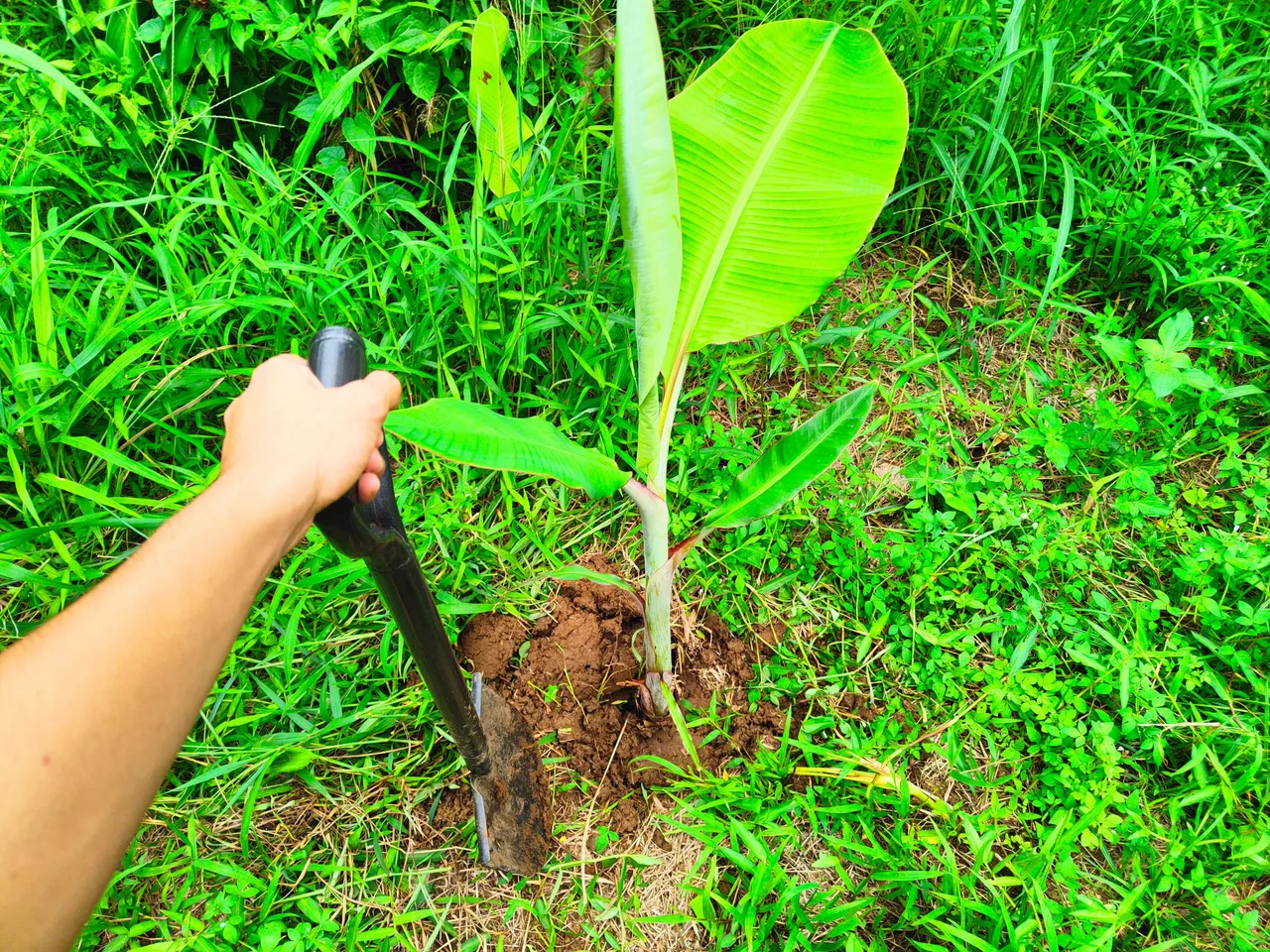 |  |
|---|
In this year alone, I have transplanted 37 bananas where all were sourced from my mum and the farm. Most of it are Bungoyan or green dessert bananas.
Greening has a multitude of benefits such as having a more comfortable temperature, erosion-resistant soil, and increase land productivity.
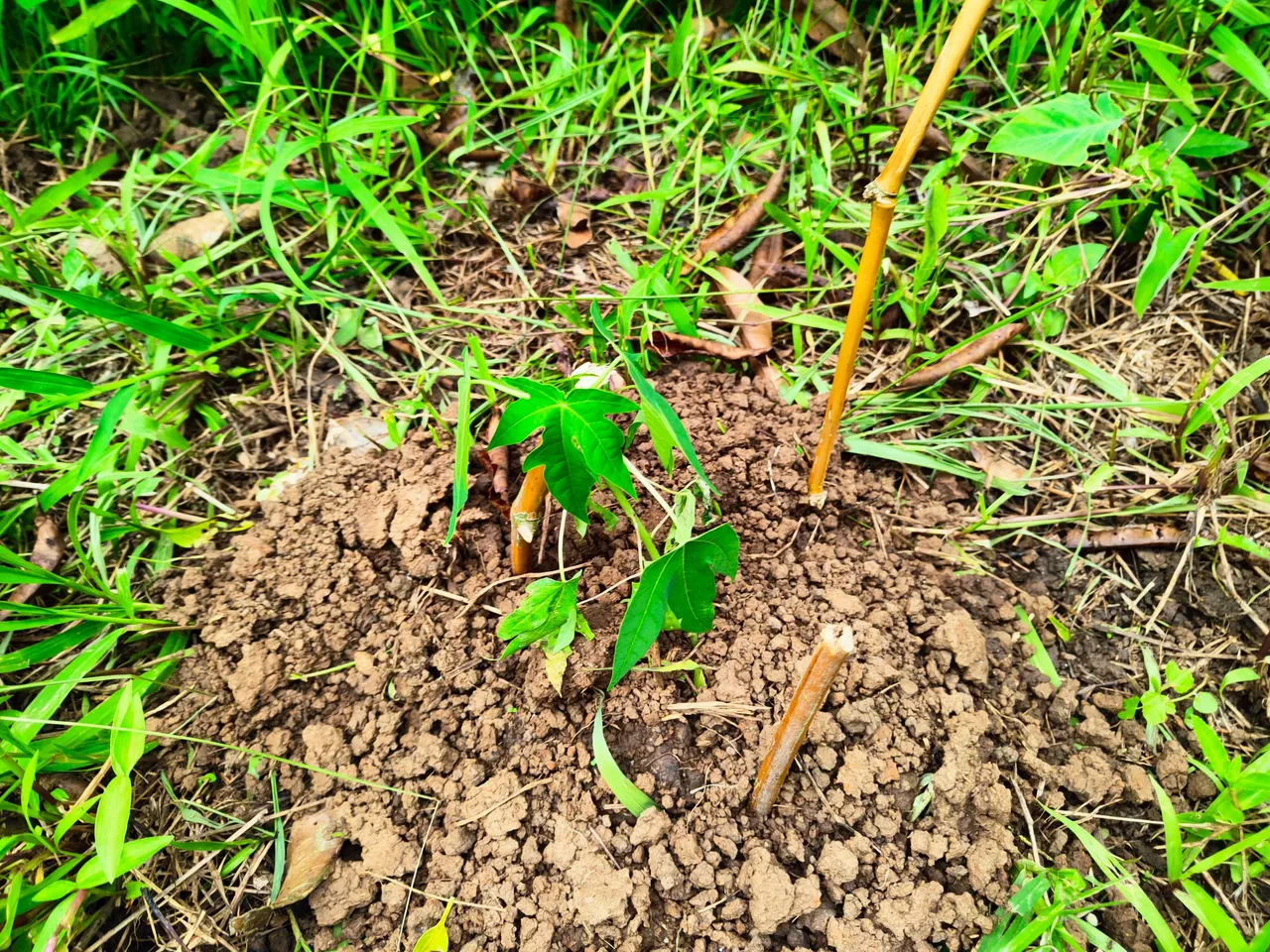
A few more Papayas were also planted around the food forest and it will still take 6-12 months before it starts fruiting, although it can indefinitely grow for years after but with decreasing productivity.
Near the banana grove, I added more ginger rhizomes which my sister bought during on of her extension projects in Samar, Philippines. Gingers are one of the low maintenance crops, and growing just one portion of a rhizone can have an unlimited supply of it.
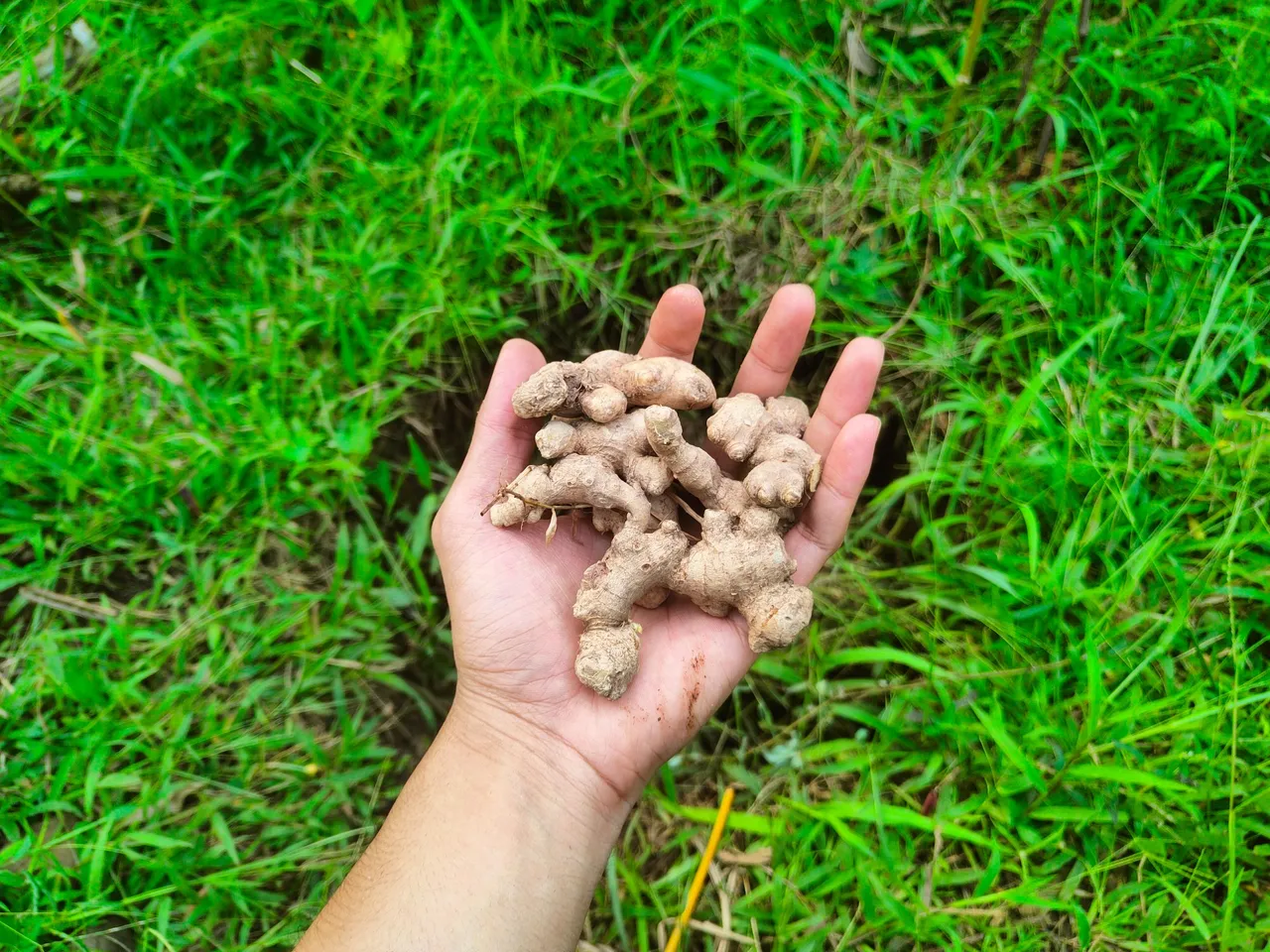 |  |
|---|
I was recently introduced to the idea of also taking into account the level of resource-dependence and the nutrient-density of each crop can produce annually. Fruit trees go up the ladder, while tree nuts are one of the most nutrient-dense per square meter.
Because of this, I am excited for the Guiana Chestnuts which can produce several times a year without a lot of maintenance. Still, with diversity in mind, I would be getting new species of fruit trees before the year ends.
Cucurbits and Marigolds
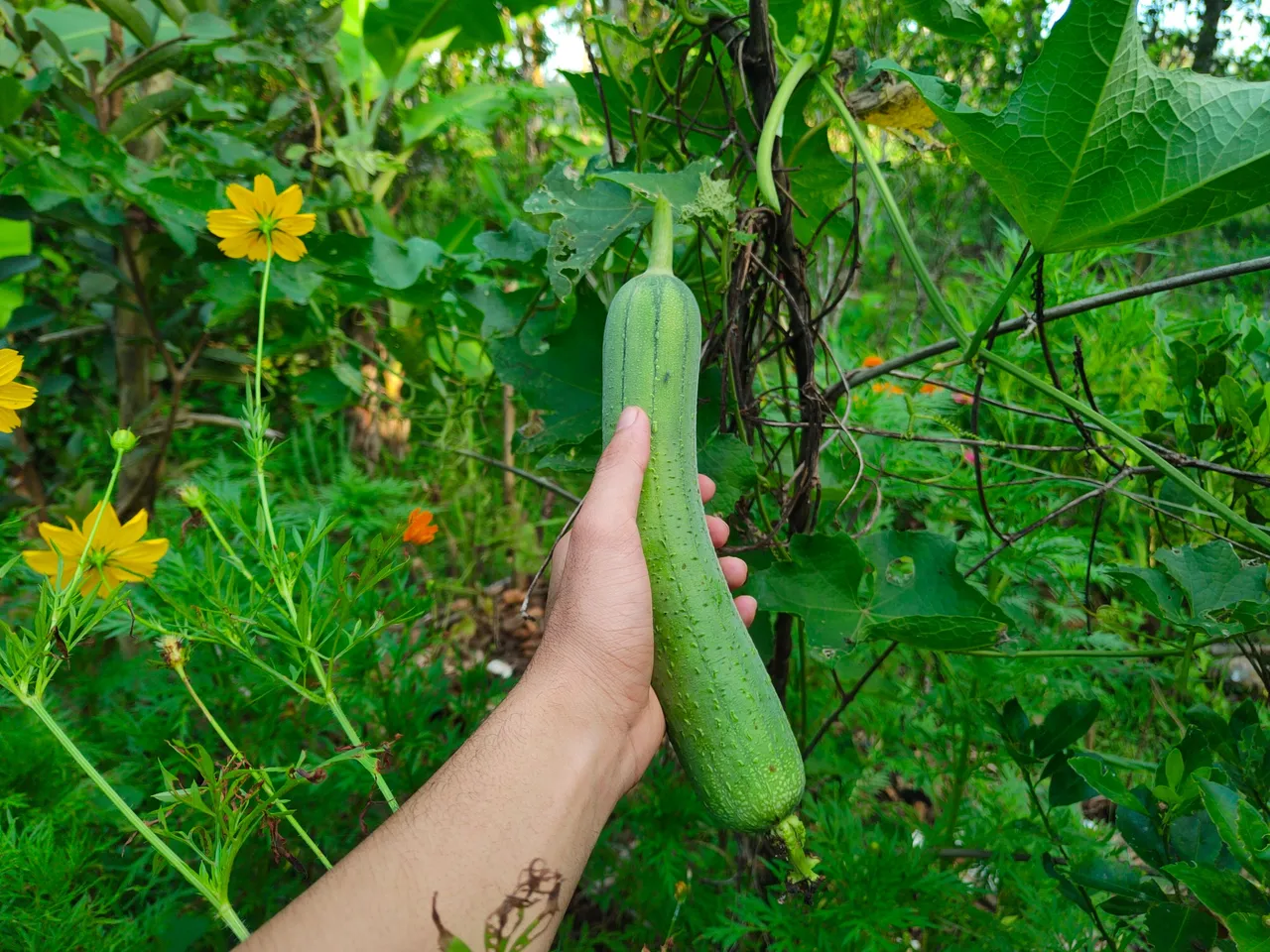 | 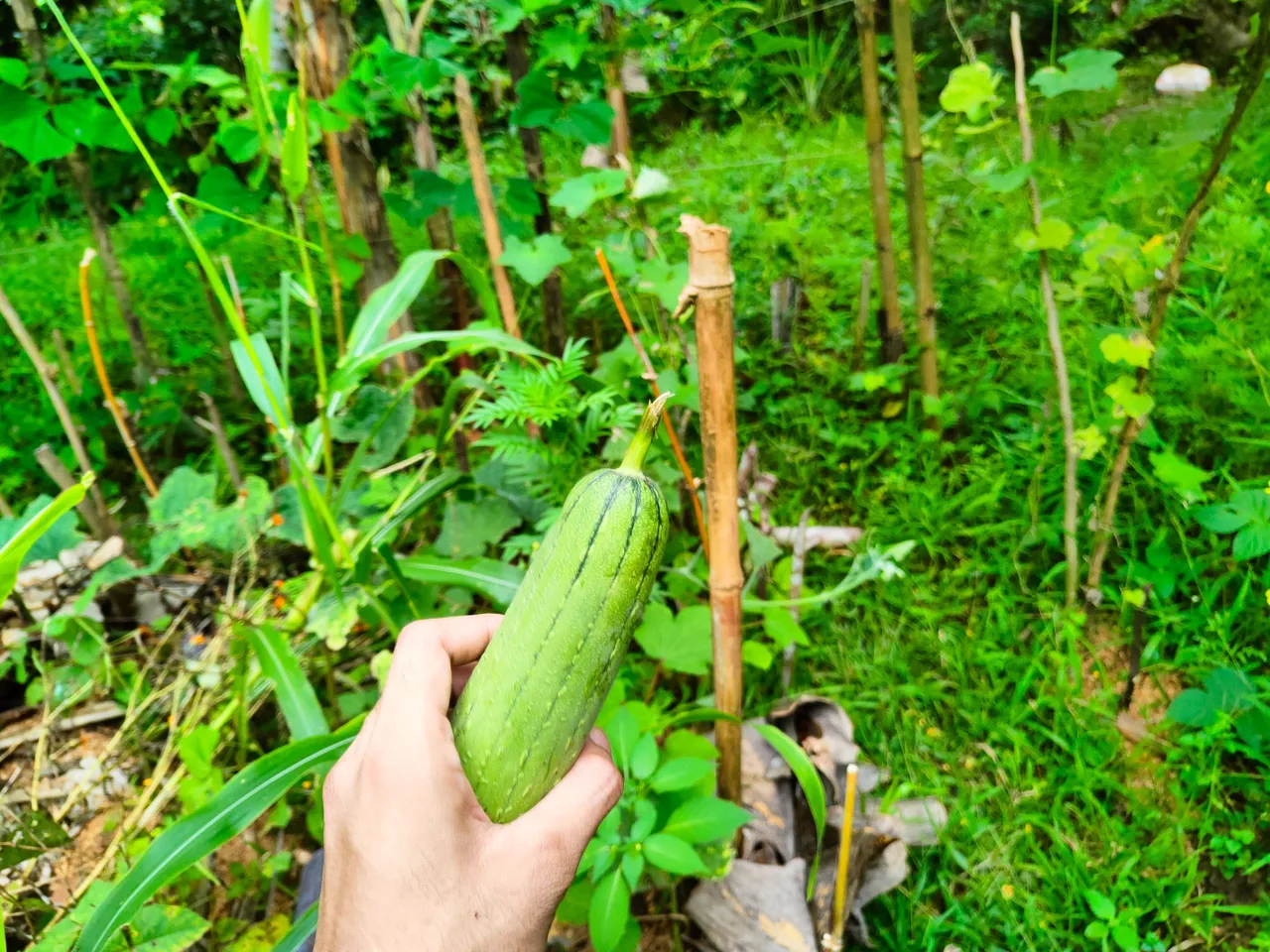 |
|---|
Recently, I started harvesting Luffa 'Sikwa' which we used for the fish and noodle soup. Young luffa fruits has a floral scent and sweet taste, although the texture might not be palatable for some.
Originally, the Luffa seeds that I grew came from my sister's home garden. The parent plant was prolific and had a few more months of harvest before it withered.
In a few more weeks, more Cosmos, Marigolds, Sunflowers, and Zinnias should start flowering and hoping it attract more pollinators. They will be helpful and just in time for the cucurbits in the garden.
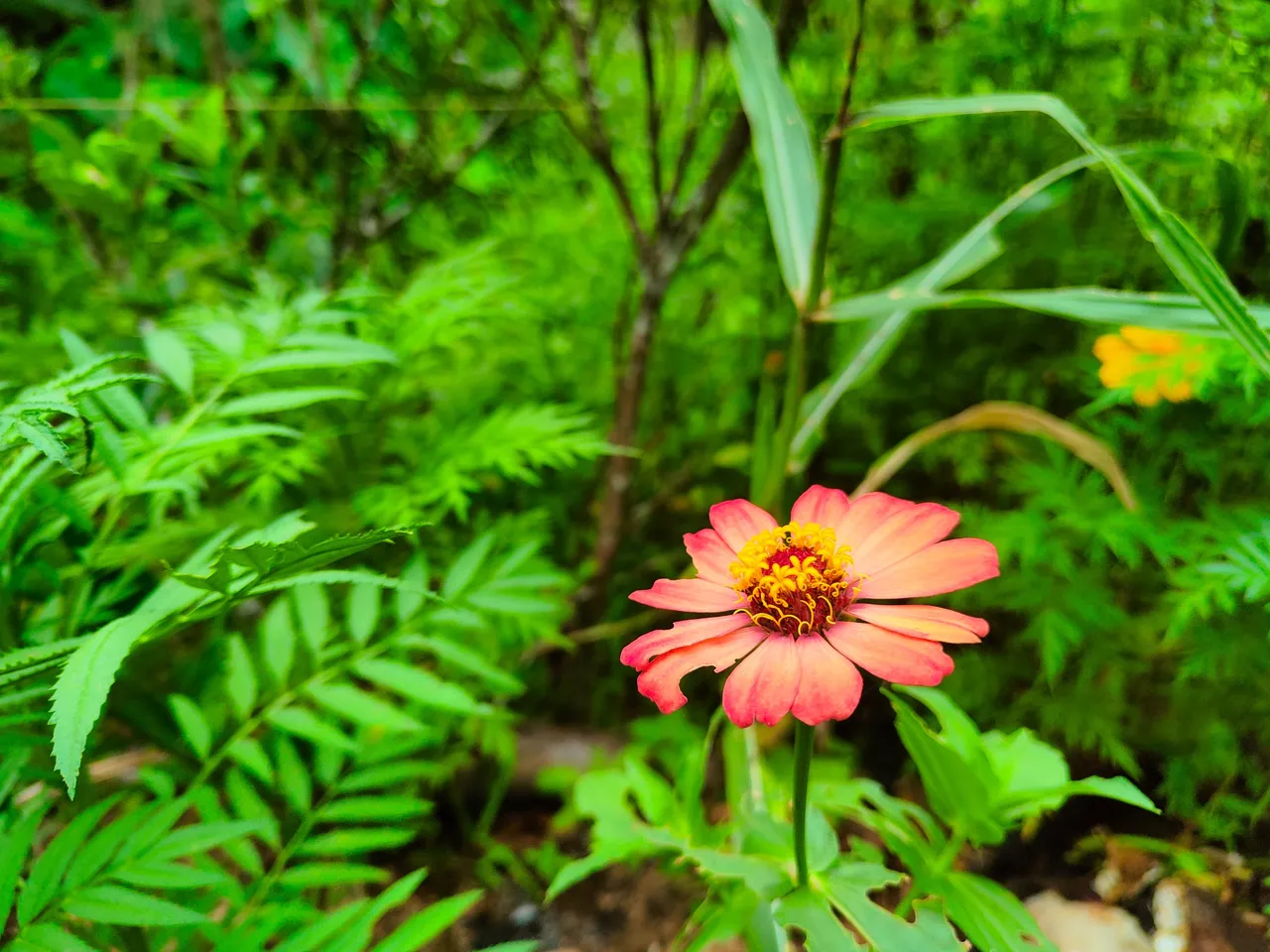 | 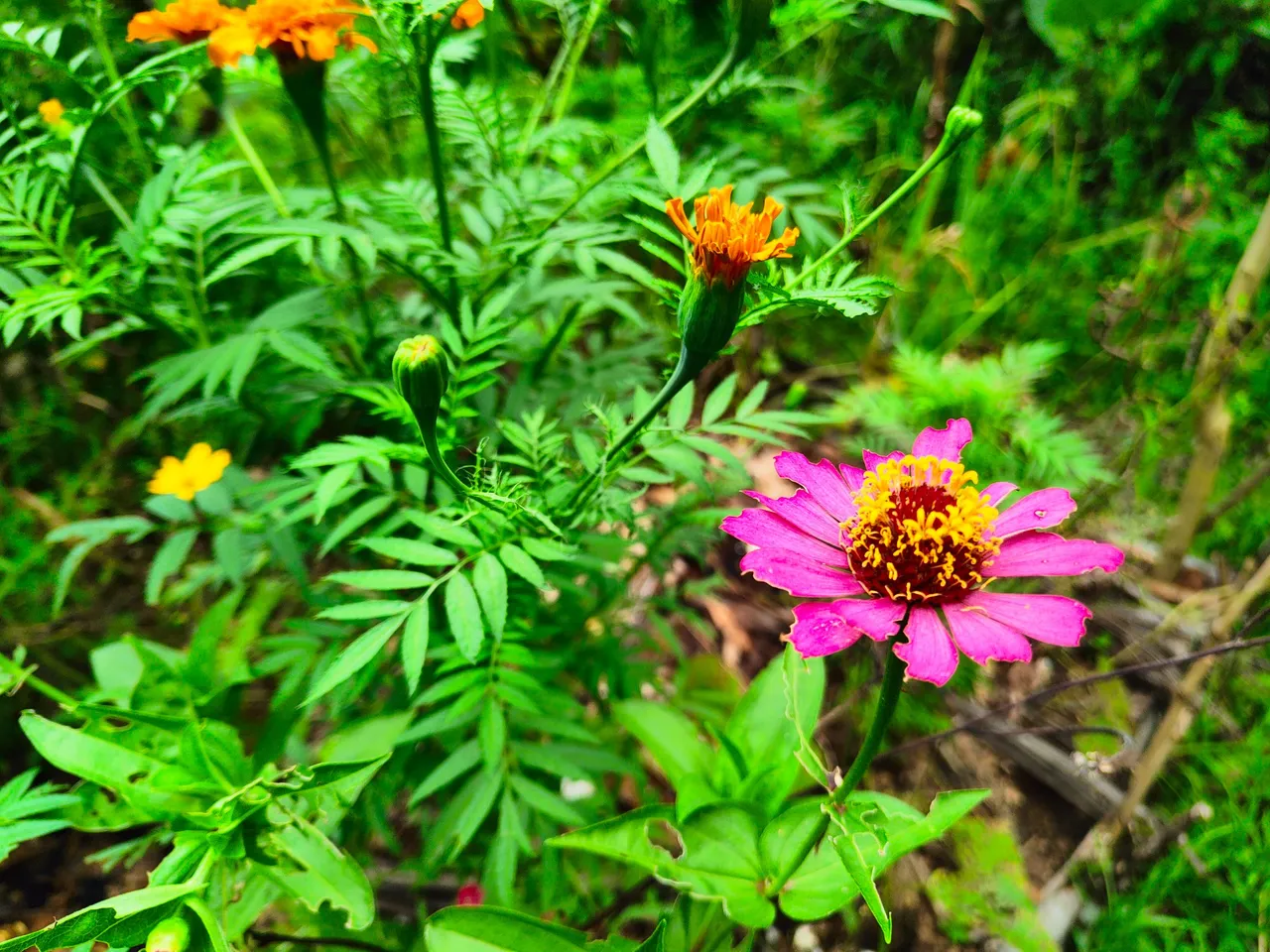 |
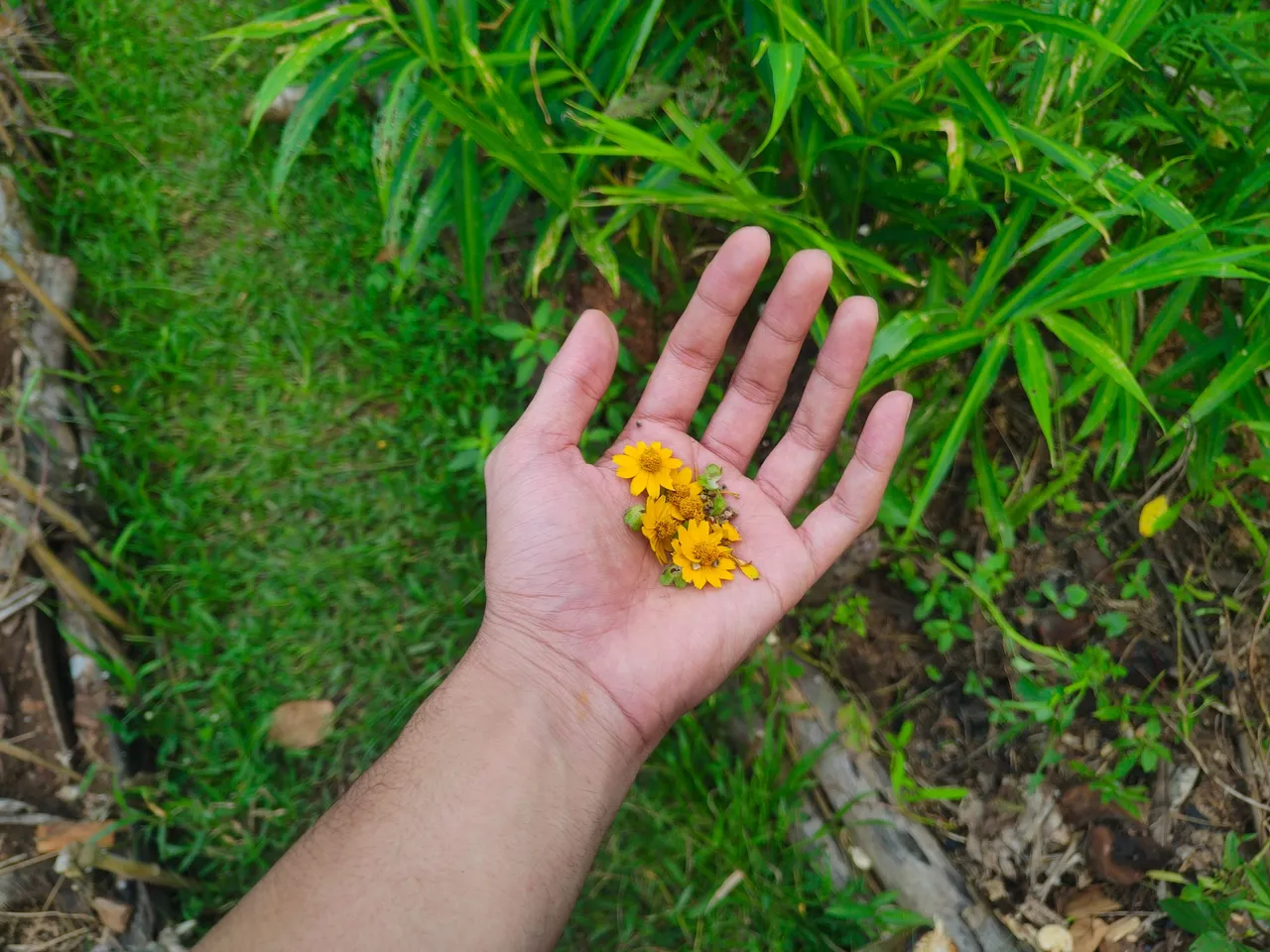 | 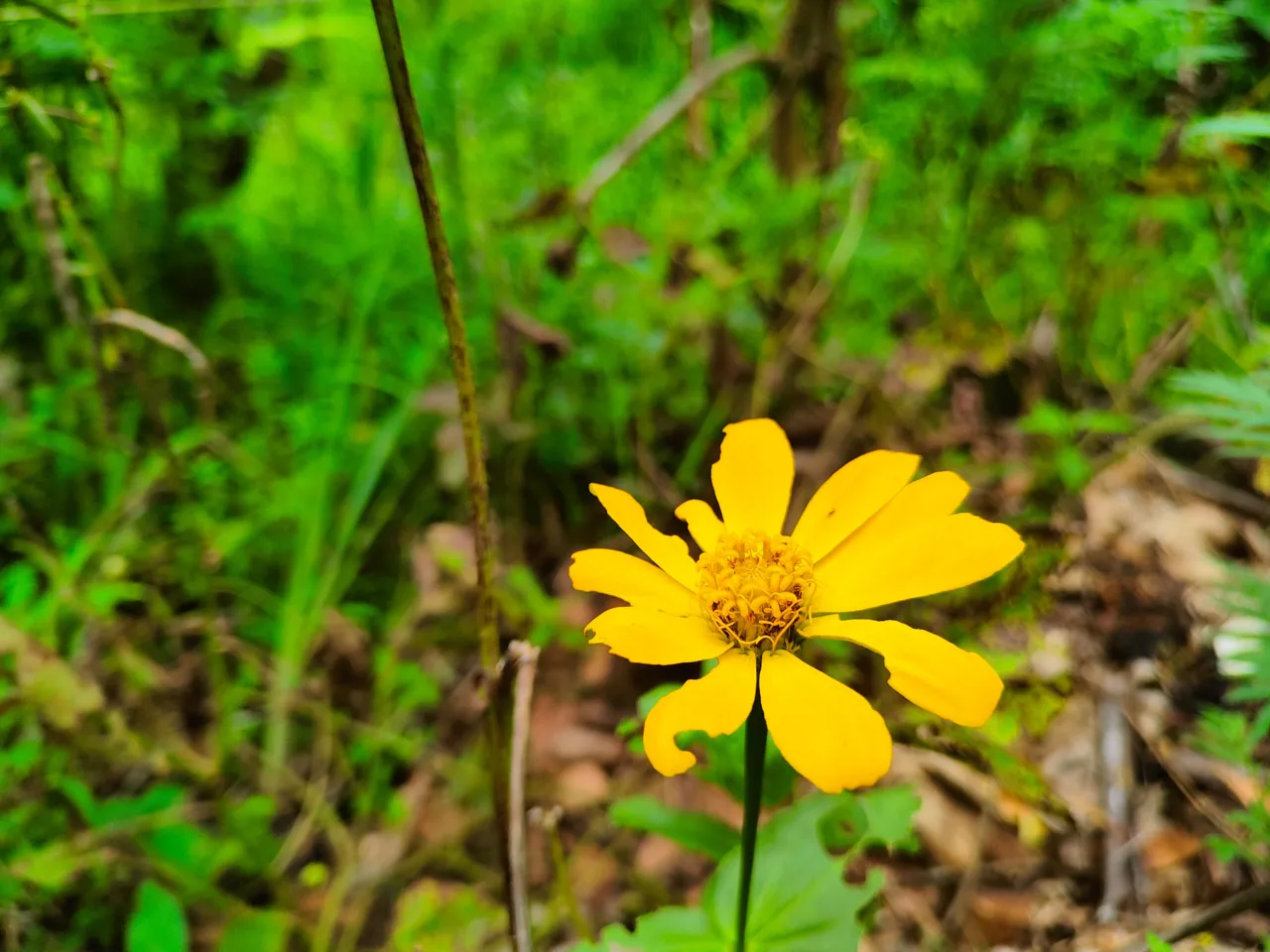 |
The Marigolds were really useful for the cucurbits, one of the recent success on deterring the beetles on the Musk melons. All I did was collecting flowers and scattering it on the melon patch.
Pruning and Mulching with Leaves
You know, what grows faster than the inflation? Weeds Yeah, it's an never ending battle, but slowly, it can be more manageable.
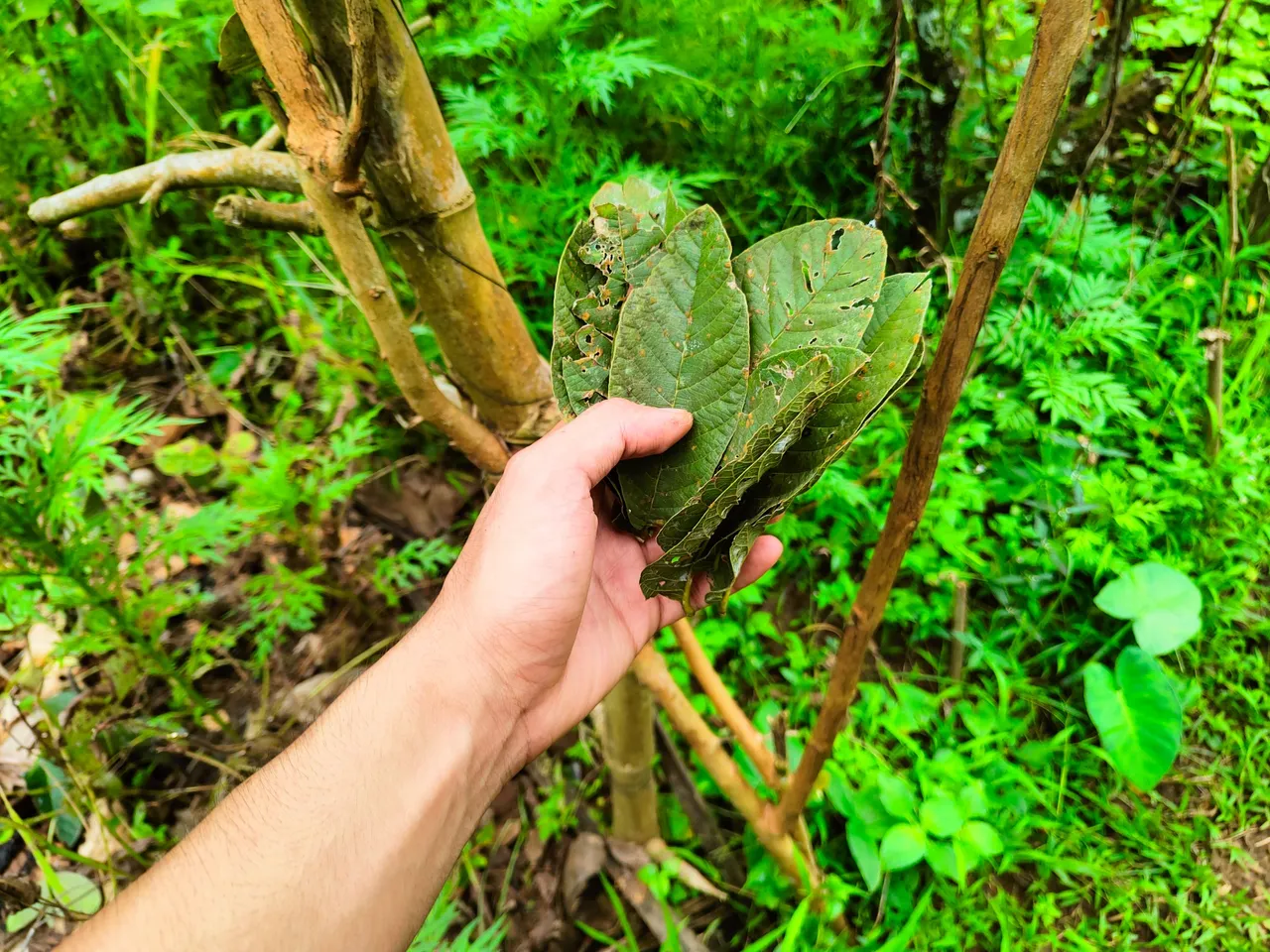
There were younger trees that were grown way before I came back to work at the orchard, these are twice my height already and have some unnecessary branches. So I pruned it and picked the extra leaves to use as mulch.
Pruning trees can give you control of how it consume space, some tree growers even put metal wires and braces to control its form. This is my initial plan for the fruit trees that I am growing, but maybe after 10 years, I'll just let them grow how they want.
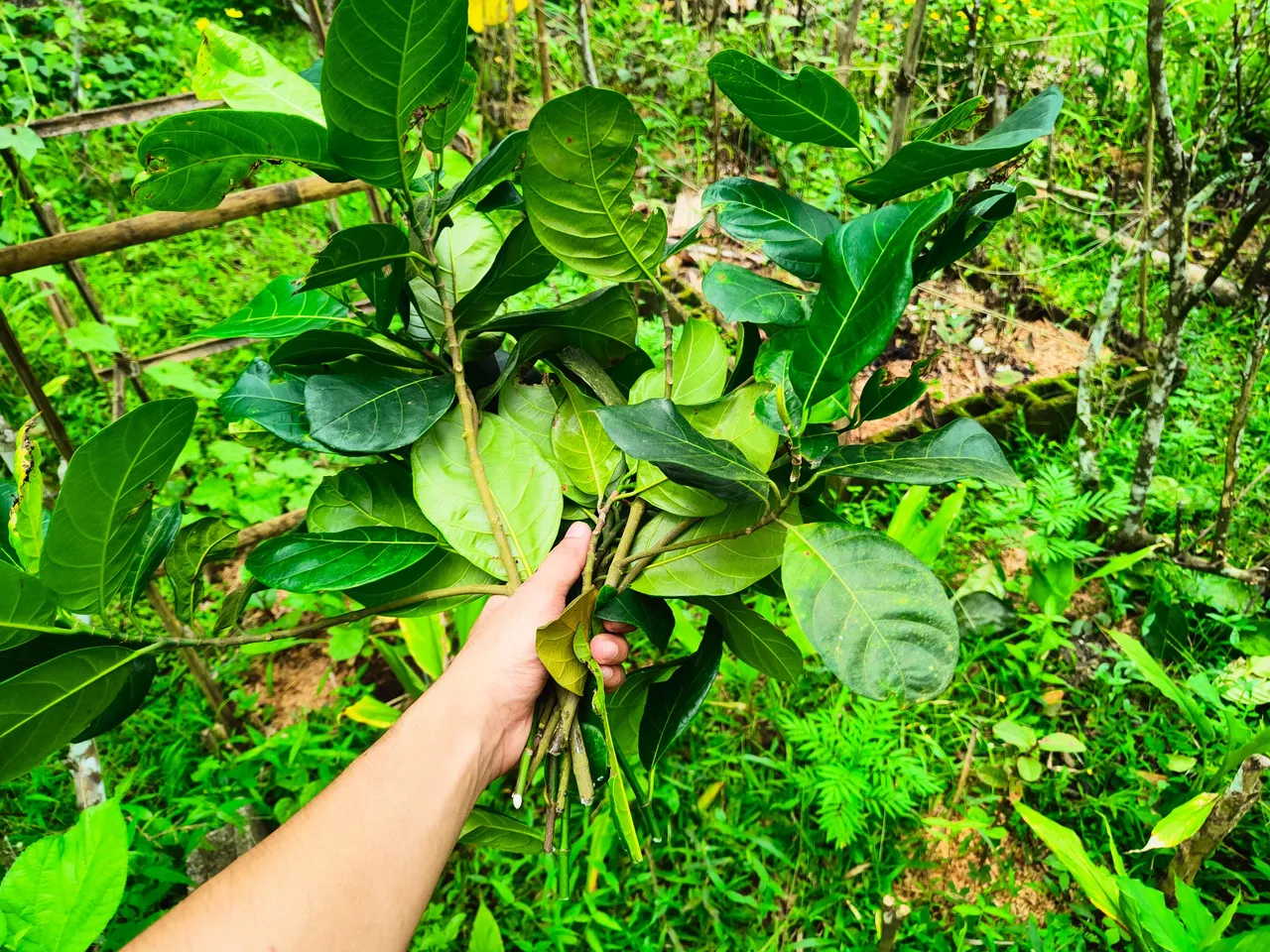
These routine pruning can be really helpful as they can be used as mulching to lessen weeds and as a way of putting nitrogen back to the soil. Although the weeds grows like crazy, preventing their access to the sun will immediately cause them to rot.
Leaves are one of the low-cost weed solution, but also it is short-term. Once the weeds die off, it must be immediately replaced with cover crops or mulched indefinitely.
Those are just some of my ongoing solutions, but given more resources, I'm really be adding more compost, mulch, and gravel all over the place.
How about you, what are your big projects this month? Share in the comment section below! ;)
PINNED POSTS
 | Clearing the Damage After the Storm Instead of falling into anxiety, I took time to make use of what the storm had given. |
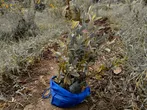 | Building Abundance with More Fruit Trees Amid the Economic Turmoil This year, I planned to initially plant 100 trees wherever possible until the year ends. |
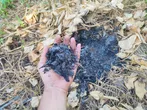 | Using Saltwater and Fire to Heal a Permaculture Garden Plant debris becomes natural mulch and organic matter. |
 | Harvesting Cucumbers After a Year of Labor As crops mature, harvest season began as well. |
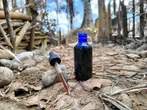 | Fermenting Fish Amino Acid for the Garden Crops It would be a sin to throw away such things, even the food scraps I turn it to compost now. |
 |  |  |  |  |  |  |
|---|

About Me
@oniemaniego is a software developer, but outside work, he experiments in the kitchen, writes poetry and fiction, paints his heart out, or toils under the hot sun.
 | Onie Maniego / Loy Bukid was born in rural Leyte. He often visits his family orchards during the summers and weekends, which greatly influenced his works. |

Donate with Crypto
Bitcoin 34hdQNHHFUodqegi2wwNeNw2p35ewvnaXQ
Ethereum 0xd36126ab2463c3404cca1c97d8f3337917dfd113
Not yet on Hive? Earn while blogging.
Sign up with PeakD | Ecency